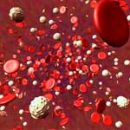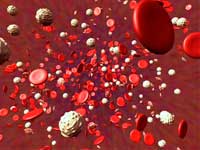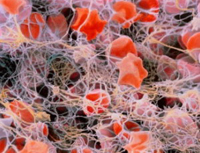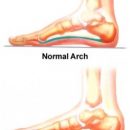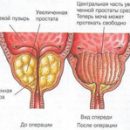Who threatens disseminated intravascular coagulation syndrome? How does this state diagnose? The author of this article knows the answers to these questions.
Content
Disseminated intravascular coagulation syndrome (DVS syndrome) refers to the number of the most important utility phenomena, as it arises with a variety of diseases and pathological conditions:
- sepsis and virusemia;
- malignant neoplasms;
- all types of shock;
- traumatic surgical interventions;
- obstetric pathology;
- extensive burns;
- frostbite;
- bone fractures;
- crushing syndrome;
- destructive lesions of parenchymal organs;
- acute intravascular hemolysis and cytosis of leukocytes;
- hemoblastosis;
- Systemic Red Volcanka;
- nodal periatheritis;
- thrombotic thrombocytopenic purpura;
- hemorrhagic vasculite;
- Urematic hemolytic syndrome;
- bite of poisonous snakes;
- massive transfusions and t.D.
On the diagnosis of DVS syndrome
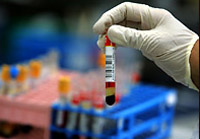 For all forms of DVS-syndrome, a sequential change of phases of hypercoagulation and hypocoagulation is characterized (T.E. phases of increased and reduced blood coagulation).
For all forms of DVS-syndrome, a sequential change of phases of hypercoagulation and hypocoagulation is characterized (T.E. phases of increased and reduced blood coagulation).
The phase of hypercoagulation may be short and quickly end with a common intravascular blood coagulation and hypercoagulation shock. In other cases, it develops slowly, hidden and not always recognized on time.
The initial laboratory diagnostics is carried out using the simplest laboratory tests (total coagulation time of blood, the content of fibrinogen - a special protein produced in the liver and transformed into insoluble fibrin - the basis of a clot with blood coagulation, etc.). However, elevated blood coagulation (hypercoagulation) is better determined by special standardized tests.
An important pattern of the flow of the DVS syndrome is that it is depleted not only the coagulation system of blood, but also antoslude mechanisms.
Because of this, its own clots are eliminated from the vessels badly, while the bunch injected from the outside is quickly lysed.
DVS syndrome may have acute, subacute, protracted and recurrent flow, the latter variant is characterized by repeated repetition of phases of hyper- and hypocoagulation.
In diagnosis, the doctor takes into account the preferential pathogenetic mechanism for the development of the DVS-syndrome, the clinical picture (bleeding, violation of the function of the kidneys, lungs, etc.) and data of the complex laboratory survey.

